University of Calgary’s Haskayne School of Business – Mathison Hall
Mathison Hall, designed by Diamond Schmitt in association with GGA-Architecture, is a sustainable, technologically advanced learning space at the University of Calgary’s Haskayne School of Business.
Mathison Hall at the University of Calgary’s Haskayne School of Business is now open. Designed by Diamond Schmitt Architects, in association with GGA-Architecture (formerly Gibbs Gage Architects), the new 111,900 square foot facility is a technogically enhanced, highly sustainable learning space that has achieved LEED Platinum Certification. Creating a new “home for students,” Mathison Hall is a bold vision for unparalleled learning, innovative research and community engagement, that supports students on their journey towards becoming tomorrow’s leaders.
Mathison Hall is built on the principles of connectivity — between students and faculty, within the building itself, and its relationship to the campus’s greater facilities–and has been conceived as an new wing of Haskayne’s existing Scurfield Hall. With previous facilities having a limited number of available spaces for both group and individual study, Mathison Hall has been designed with an emphasis on flexible student-focused spaces and collaborative areas. Paying homage to the legacy of the business school, the materials, datum lines, and interior planning are derived from the proportions of the existing building, creating a unified and cohesive identity. With sustainability being an integral part of Mathison Hall’s design, natural influences, sustainable materials and high-performance systems were purposefully used to ensure that the building was one of the most energy efficient on campus.
At the heart of Mathison Hall is a light-filled, four-storey atrium. Spanning the height of the Hall, this central space functions as the connective tissue between the building’s mix of programs. These include accessible and connected areas for lectures, terraced study zones, areas for diverse study and group work, and experiential learning, along with spaces for student advising, food services and events. Daylight and views penetrate the atrium that is lined with fully glazed classrooms, with meeting and breakout rooms positioned beneath large clerestory windows. Program spaces around the social stair are designed at a variety of different scales, with small quiet niches offering framed views of Calgary’s skyline, further animating the Hall’s interior court. Students can also find reprieve next to a warm fireplace on the second floor or catch up with classmates on the social staircase between courses.
At the centre of the atrium is the welcoming and inclusive Viewpoint Circle for Dialogue. This open concept 84-person round room is designed to promote equity, diversity, and inclusion and support Indigenous ways of gathering with ventilation that allows for smudging ceremonies–an open environment that facilitates collaborative learning, discussions, and gatherings. Wood that was locally and ethically sourced shape a distinct undulating timber louvre pattern that clads the exterior of the round form providing a sense of enclosure and community, while still remaining open to natural light and landscape views. On the interior, the use of wood continues with a veneer flat cut white oak patterning on the ceiling.
Mathison Hall’s overall design expression is predicated on architectural gestures that have been distilled from integral elements of Alberta’s landscape–Sky, Horizon, and Prairie–and the feeling of openness and unobstructed sky. A defining characteristic of the prairie landscape, the strong and constant horizon is expressed in the horizontal proportions of Scurfield Hall. These are extrapolated to shape Mathison Hall, forming a relationship between the new and the old through a shared proportional language. Vertically expressed exterior cladding and repetitive interior vertical treatments evoke the movement of tall prairie grasses in the Alberta landscape.
Wood is used throughout the project with the interior palette consisting of natural, warm materials which take inspiration from the prairie landscape and the existing campus context; playing off the warm tones of the existing Scurfield Hall’s pre-cast façade and wood atrium. Spaces for social interaction and dialogue are defined by the natural material. In the atrium, the white oak clad social stair with seating elements, the wood panel ceiling above a double-height gathering space, and the guard fascia acoustic panels create a welcoming space for collaboration. A sawtooth clerestory over the expanse of the atrium provides abundant natural light and is clad in Maple veneer. Wood louvers adjacent to the sawtooth ceiling disguise atrium ventilation and provide further acoustic treatment.
On the exterior, the Hall’s building envelope is composed of a terra-cotta rain-screen panel system, high performance glazing, and metal which connect the facility with its surrounding context. Comprised of simple volumes, contemporary detailing and the use of local Canadian granite and wood enhance its aesthetic qualities, reinforcing timelessness, welcomeness, and bold design. These materials were selected for their sustainable qualities as well as providing a juxtaposition to the large glass sections along the façade.
Mathison Hall not only draws on its local environment for its formal design cues, it is also a leader in sustainability. The building has achieved LEED Platinum through a comprehensive and integrated strategy that includes a south-facing double façade, thermal mass, natural ventilation, and daylight autonomy. Advanced mechanical systems, along with the building being PV ready, further contribute to the Mathison Hall’s sustainability goals. A new network of pedestrian pathways buffer pedestrian travel from the adjacent roadways and provide greater accessibility and connectivity throughout the site. With the focus on sustainability and achieving high performance energy efficiency metrics, the building has been designed to contribute to the University of Calgary’s carbon neutral commitments.
The design of Mathison Hall not only fulfills its educational mandate but also aims to transform the student experience by incorporating vibrant, student-centric amenities to create a lively campus hub. Representing a forward-thinking approach to campus development—blending sustainability with leading-edge learning environments—Mathison Hall contributes to the University of Calgary’s diversity in educational and community spaces to support the evolving needs of the Haskayne School of Business, while animating the streetcape, with outdoor spaces that foster community interaction.
Design: Diamond Schmitt
Diamond Schmitt Project Team: David Dow,
Persis Lam, Mina Hanna,
Kyle Marren,
Judith Martin,
Nicole Raghunath,
Antonia Stanev
Architect: GGA Architecture
GGA Architecture Project Team: Chito Pabustan, Stephanie Yeung, Aaron McCracken, Chris Johnson
Photography: Michael Wach, Joel Klassen, Tom Arban

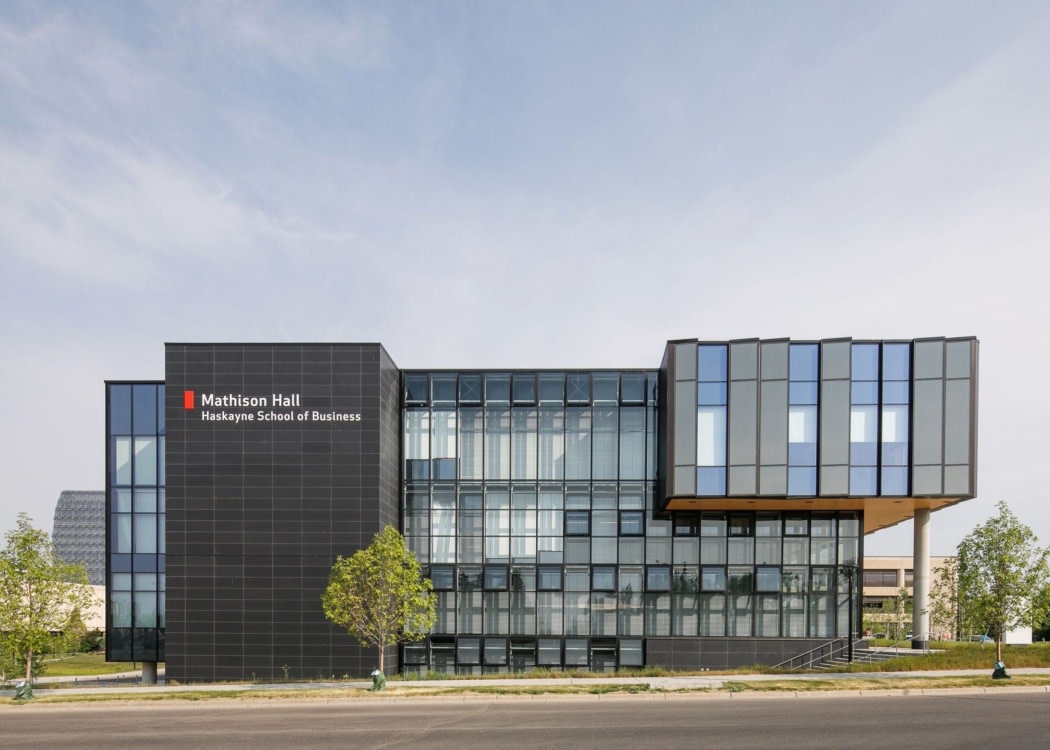
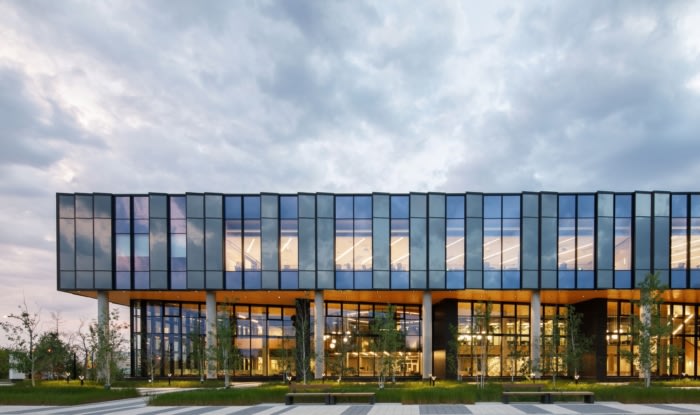
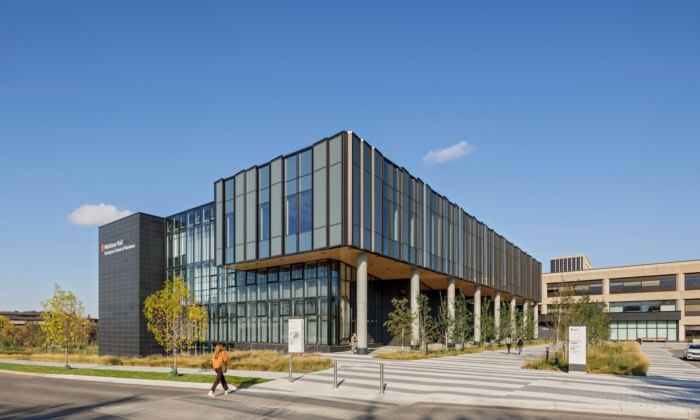
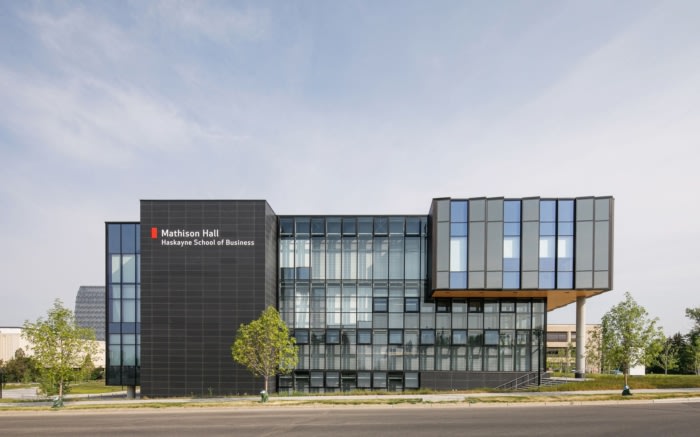
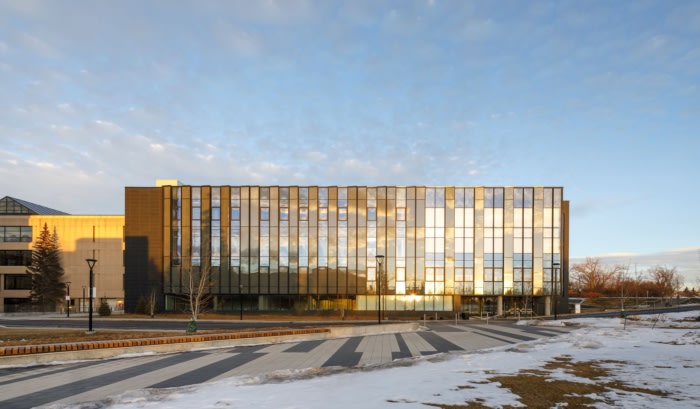
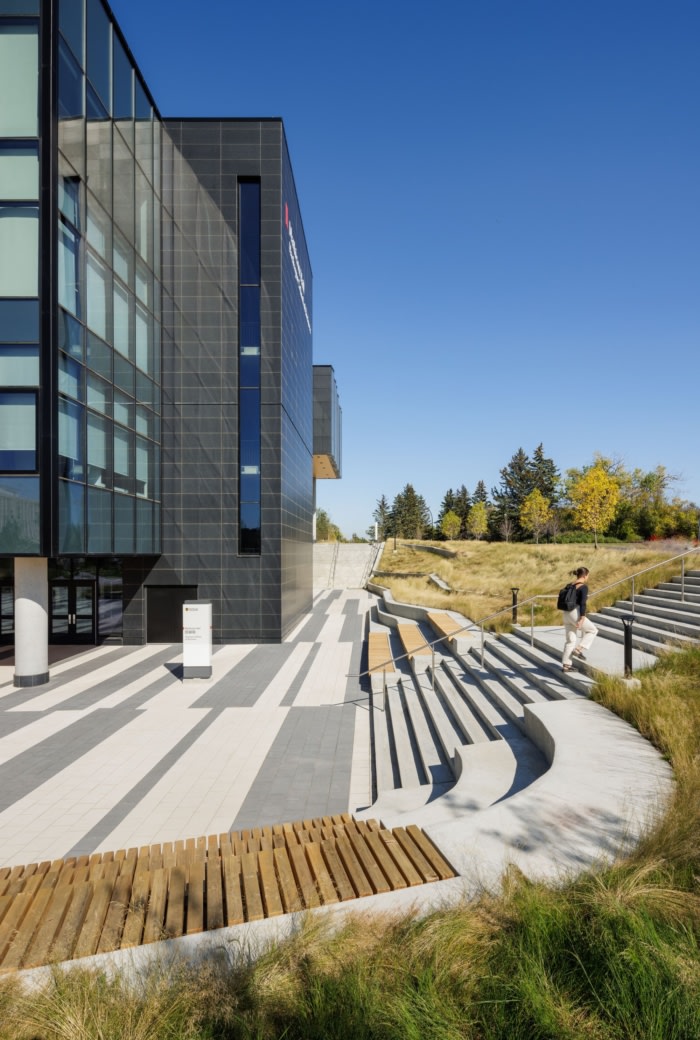

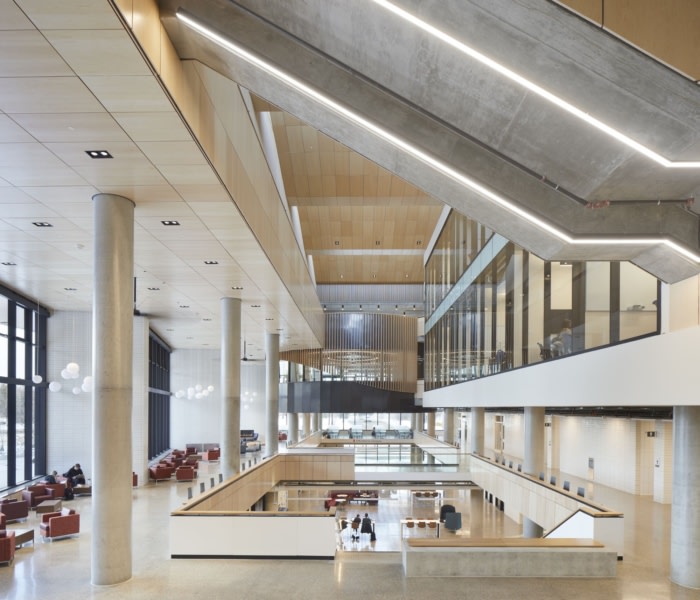
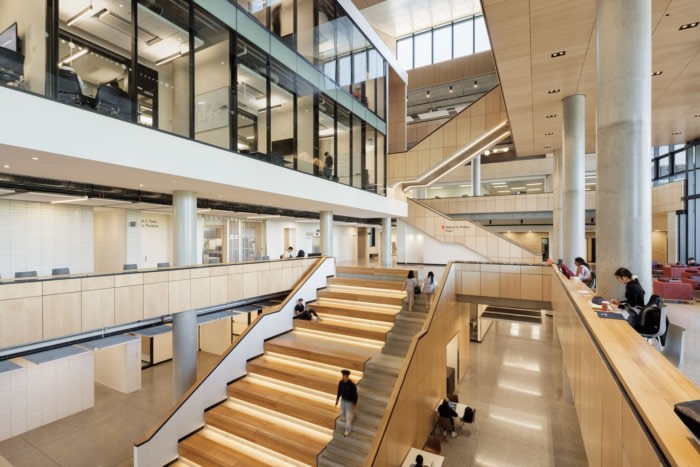
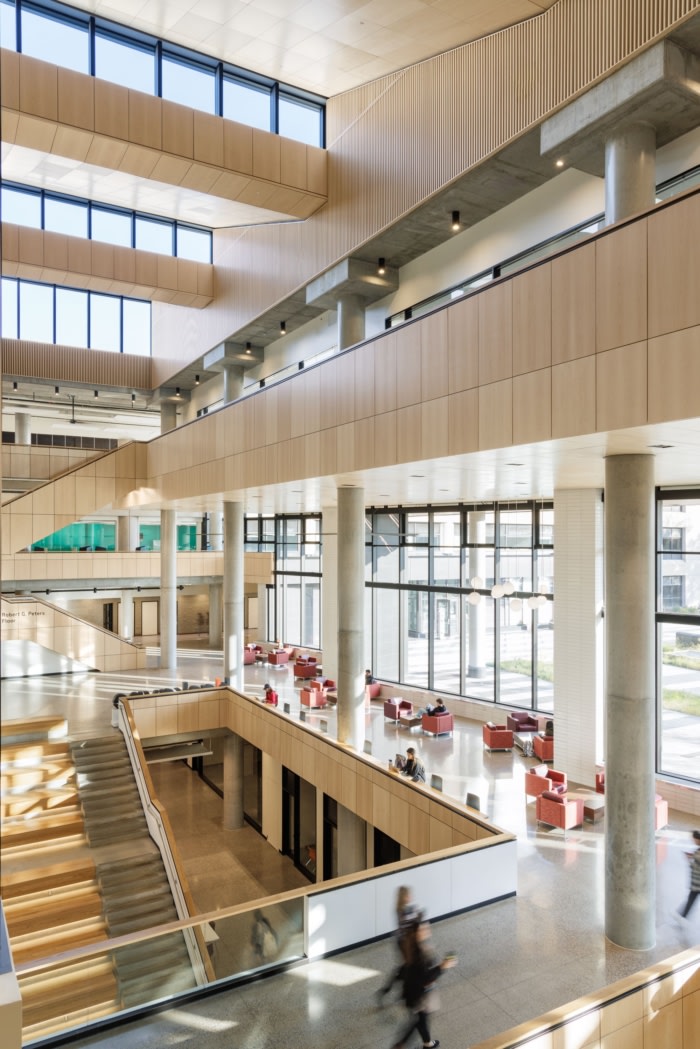
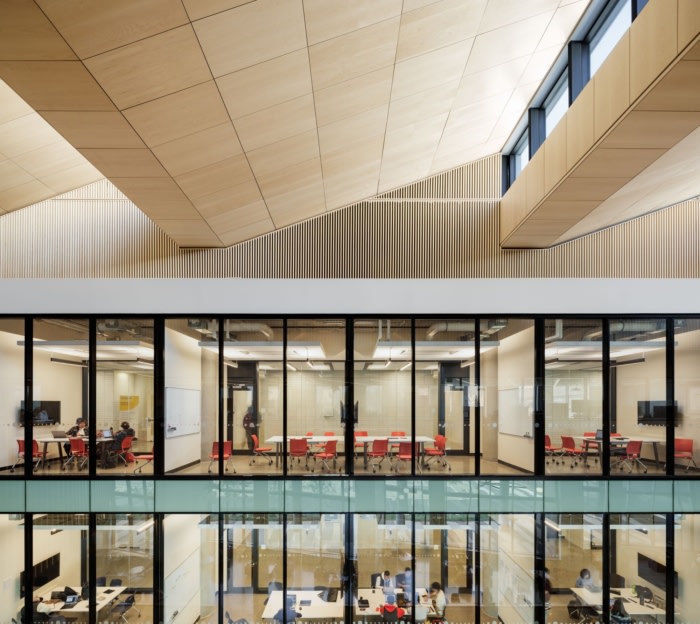
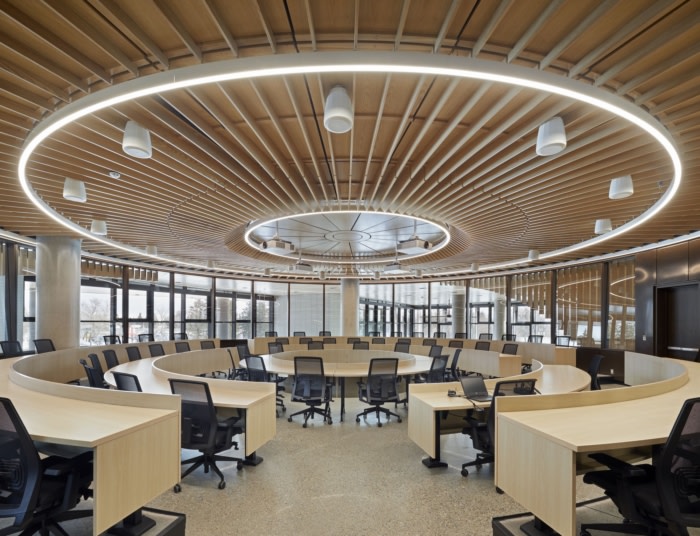
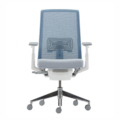

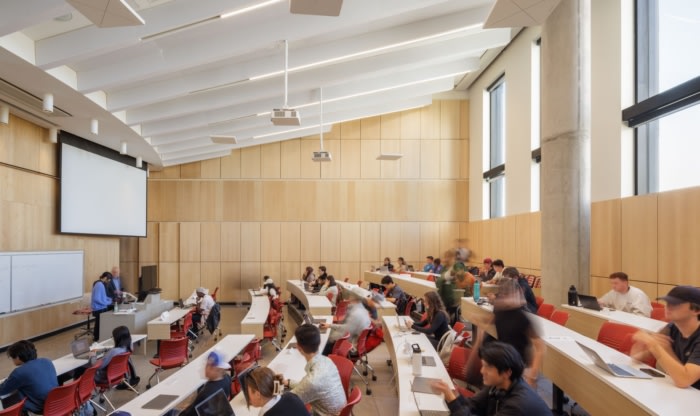


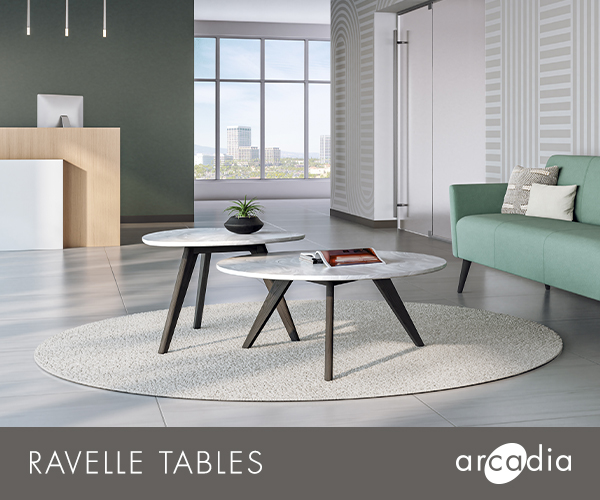
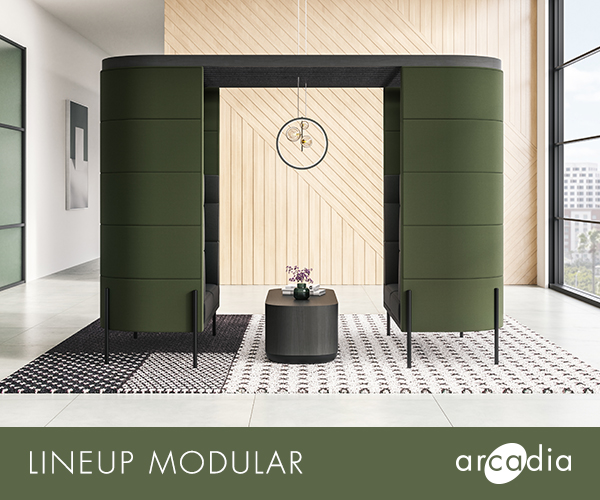
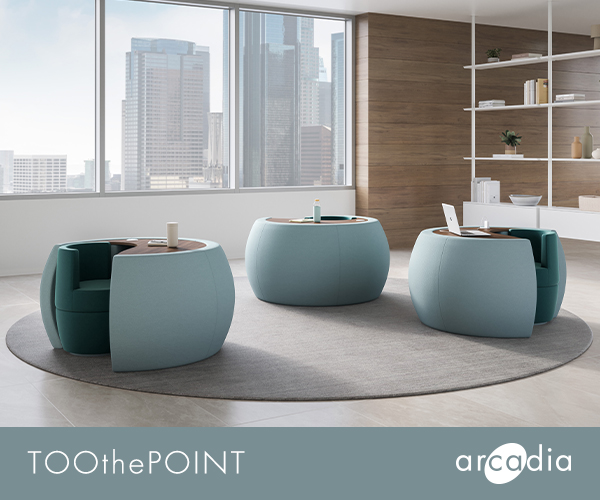
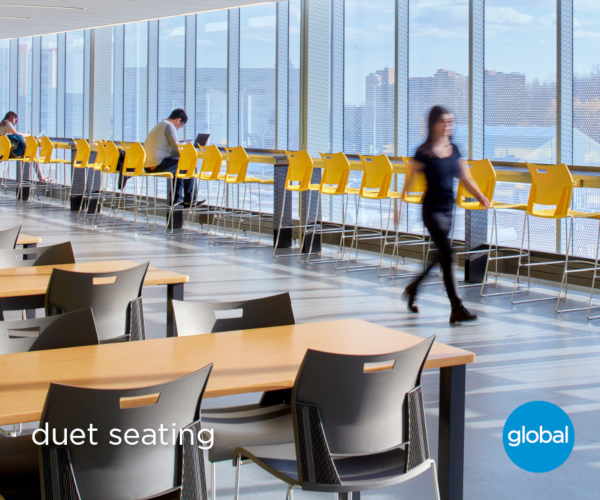



Now editing content for LinkedIn.